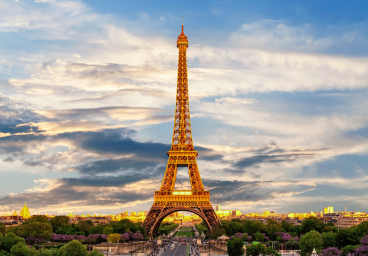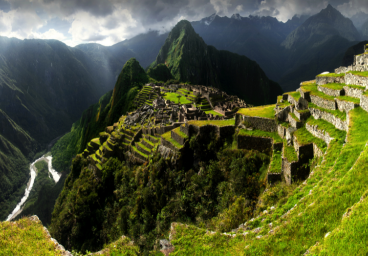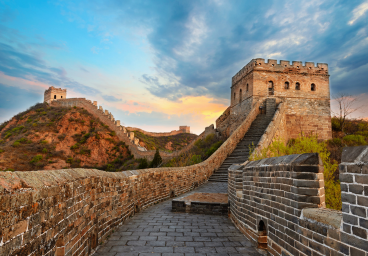Paris, often referred to as the “City of Love” and the “City of Lights,” holds within its heart an iconic structure that epitomizes its romantic allure and architectural grandeur—the Eiffel Tower. Standing proudly on the Champ de Mars, the Eiffel Tower has become a symbol not only of Paris but also of France as a whole. Its intricate lattice design and commanding presence make it a timeless icon that attracts millions of visitors every year.
Historical Significance
Designed by the esteemed engineer Gustave Eiffel, the tower was constructed for the 1889 Exposition Universelle (World’s Fair) held in Paris to celebrate the 100th anniversary of the French Revolution. Originally intended as a temporary structure, the Eiffel Tower quickly captured the imagination of Parisians and visitors alike, securing its place in the Parisian skyline.
Architectural Marvel
The Eiffel Tower’s design is a testament to the brilliance of engineering and architectural innovation in the late 19th century. Soaring to a height of 324 meters (1,063 feet), it held the title of the tallest man-made structure in the world until the completion of the Chrysler Building in New York City in 1930. The tower’s iron lattice structure, comprised of 18,038 individual iron parts, creates a mesmerizing play of light and shadow, especially during sunrise and sunset.
Visiting the Eiffel Tower
Ascending the Eiffel Tower is an experience like no other. Visitors can choose to climb the stairs or take one of the elevators to the upper levels. The panoramic views of Paris from the observation decks are nothing short of breathtaking. The Seine River winding through the city, the Sacré-Cœur perched on Montmartre, and the sprawling cityscape dotted with landmarks—all unfold before your eyes.
Eiffel Tower at Night
The magic of the Eiffel Tower is amplified at night when it transforms into a glittering spectacle. Every evening, thousands of twinkling lights illuminate the tower, creating a mesmerizing display visible from various vantage points across the city. The hourly sparkle, lasting for a few minutes, adds a touch of enchantment to the Parisian nightscape.
Cultural Significance
Beyond its architectural and engineering marvels, the Eiffel Tower has become deeply ingrained in French culture. It has appeared in numerous films, books, and works of art, solidifying its status as a cultural symbol. Proposals, declarations of love, and celebrations often unfold against the backdrop of this iconic landmark, making it a witness to countless poignant moments in people’s lives.
Surrounding Area
The Eiffel Tower is not an isolated attraction but is surrounded by picturesque gardens, charming cafes, and the Trocadéro, offering stunning views of the tower across the Seine. Visitors often enjoy picnics on the Champ de Mars or leisurely strolls along the riverbanks, creating a delightful atmosphere around this global icon.
Preservation and Restoration
Over the years, the Eiffel Tower has undergone several renovations to ensure its structural integrity and preserve its historical charm. Despite initial controversy surrounding its construction, the tower has become an integral part of the city’s identity, and efforts to maintain its allure continue to this day.
Conclusion
In the heart of Paris, the Eiffel Tower stands not just as a symbol of architectural prowess but as a testament to the city’s romantic spirit, cultural richness, and timeless elegance. Whether admired from afar or ascended for a breathtaking view, the Eiffel Tower remains a beacon that beckons travelers from around the world, inviting them to witness the magic of Paris from its most iconic vantage point.



